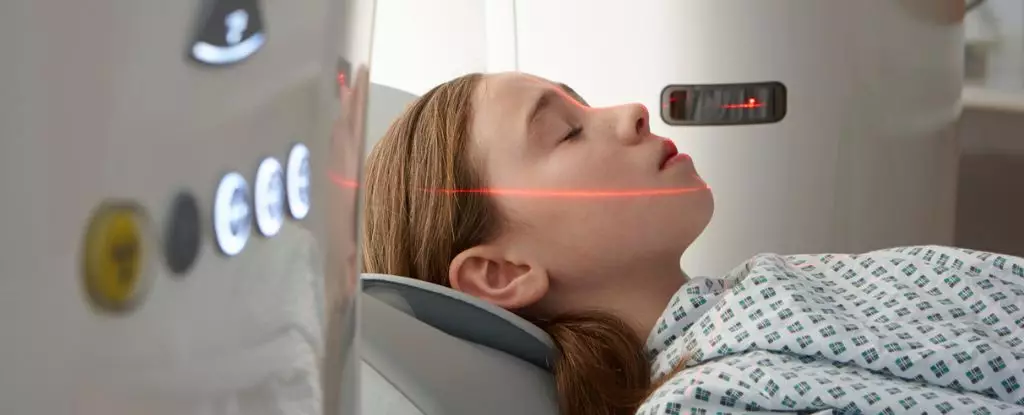In recent years, the prevalence of computed tomography (CT) scans has skyrocketed across the United States, with a staggering 30% increase since 2007. While these sophisticated imaging tests have the potential to diagnose life-threatening conditions and guide treatment, they also open the door to a complex debate surrounding their safety. The conflicting narratives revolve around the unquestionable benefits of CT scans in medical diagnosis and the hidden risk of ionizing radiation exposure, leading to concerns over a potential increase in cancer incidences.
A clear understanding of the implications is essential for patients and health professionals alike. It comes down to a crucial balancing act: weighing the immediate medical benefits of CT scans against the hypothetical but unnerving future risks associated with low-dose radiation exposure.
Theoretical Risks of Radiation Exposure
Although the individual risk of developing cancer from a single CT scan is deemed negligible, it is the aggregate effect of countless scans that raises alarm. A recent study led by a team from the University of California, San Francisco, posits that CT scans performed in 2023 could be responsible for approximately 103,000 future cancer cases in the U.S., a figure that places low-dose radiation exposure from CT scans on par with other risk factors, such as excessive alcohol consumption.
What complicates this narrative is that the evidence linking low-dose ionizing radiation to cancer relies heavily on historical data associated with higher radiation exposure events—such as the Hiroshima bombings and nuclear accidents. Studies on atomic bomb survivors indicate a correlation, albeit slight, between radiation exposure and heightened lifetime cancer risk. The extent to which this translates to CT scan exposure, however, remains a contentious issue among researchers and clinicians.
The Drive for More Research
The need for robust data is imperative. Although researchers have drawn upon anonymized data from hospitals and outpatient facilities nationwide to arrive at these estimates, the research community admits that establishing a direct causative link between CT scanning and cancer requires extensive longitudinal studies on large populations over varying time spans.
Interestingly, certain demographics appear more susceptible to radiation-induced cancer, particularly children and adolescents. Notably, infants who undergo CT scans seem to exhibit a higher potential risk for developing thyroid cancer compared to older patients. This demographic differentiation adds an important layer to the discussion on CT scan safety, underscoring the necessity for targeted guidelines when approaching imaging for young patients.
Mitigating Risks While Preserving Benefits
The alluring capabilities of CT scans—offering critical insights into complex health issues, spotting hidden diseases, and aiding in timely interventions—should not be overlooked. Those dedicated to the field of medicine, such as medical radiation specialists, argue for careful consideration in the deployment of these valuable tools. Experts like Pradip Deb from RMIT University emphasize the importance of discerning when a CT scan is a clinically justified necessity versus when alternative, radiation-free imaging modalities could suffice.
Radiographer Naomi Gibson, from the Australian Society of Medical Imaging and Radiation Therapy, echoes this sentiment. Her perspective heralds the need for vigilance regarding long-term radiation exposure but insists that fear of radiation should not deter the rightful use of CT scans when they offer a clinically sound solution.
As we continue to navigate the intricacies surrounding CT scan safety, the medical community must engage in an informed dialogue that reconciles the technological marvel of CT imaging with a commitment to patient safety. This means investing in ongoing research to elucidate the true risks associated with low-level ionizing radiation and remaining vigilant in ensuring that the benefits of CT scans are harnessed wisely.
Ultimately, the conversation surrounding CT scans extends beyond numbers and statistics; it is a narrative about patient care, informed consent, and the moral obligation to protect the health of the population while still leveraging advancements in medical technology to save lives.


Leave a Reply